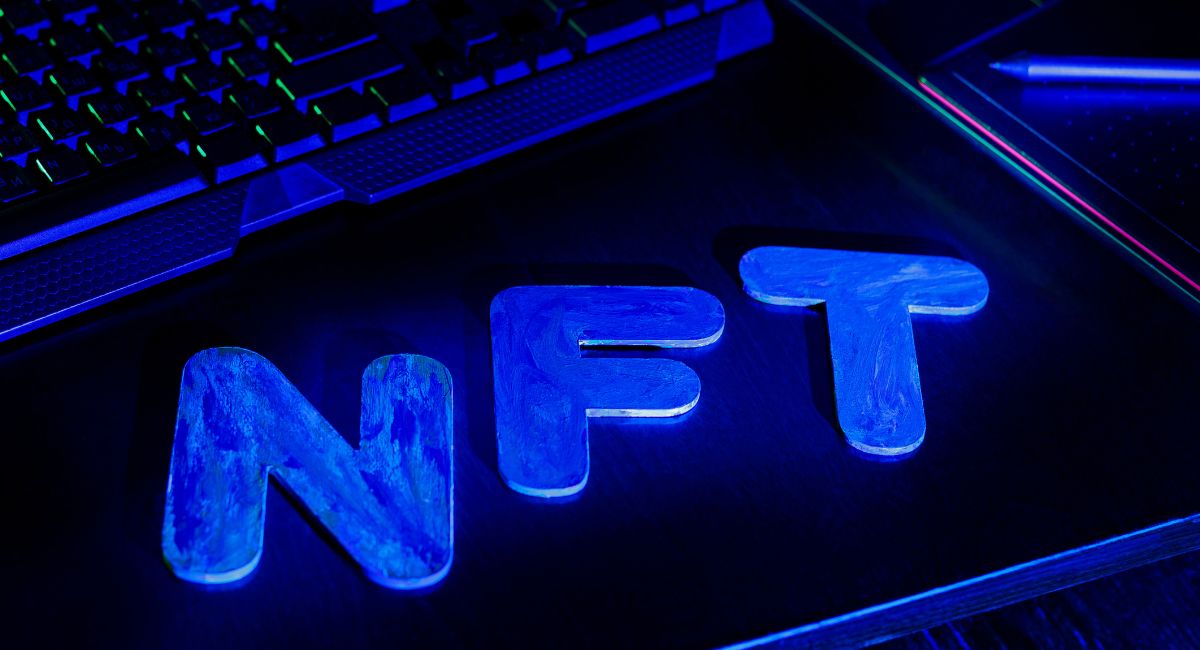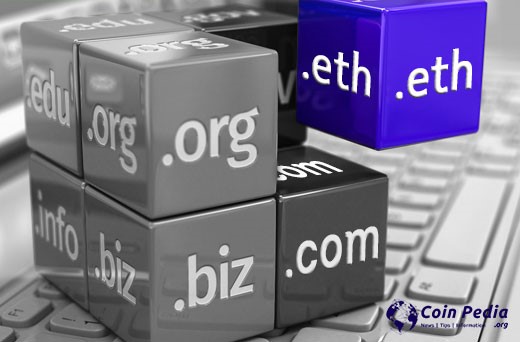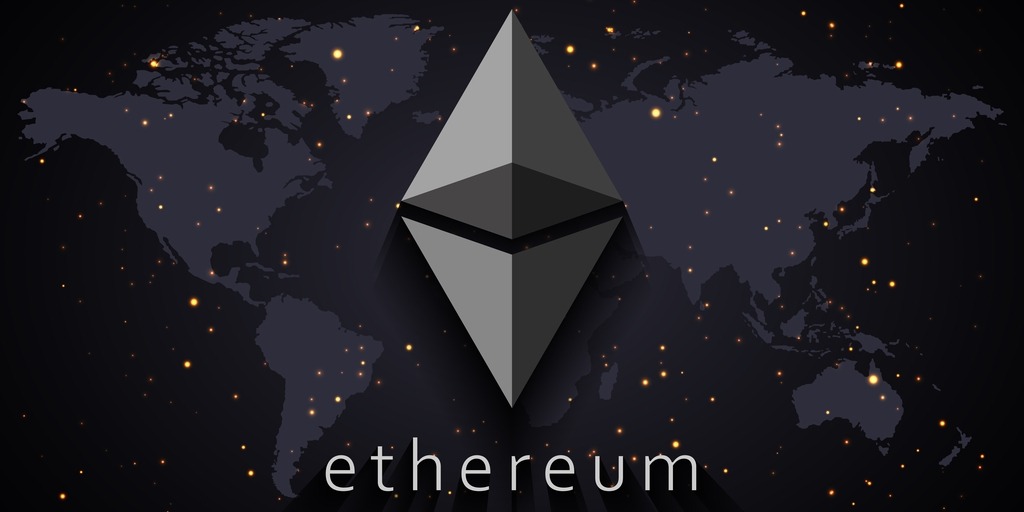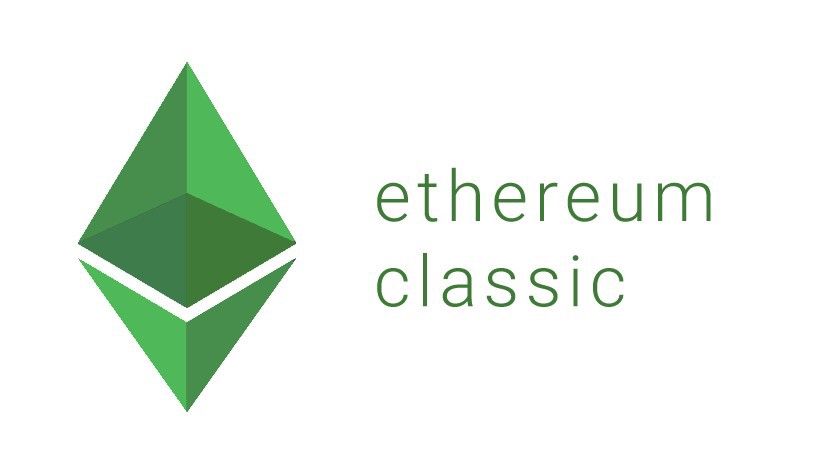Ethereum and NFTs: A Comprehensive Guide
Ethereum is one of the most popular blockchains in the world, and if you’re interested in non-fungible tokens, it’s a great place to start. Ethereum is the second most popular cryptocurrency in the world right now, and its popularity has only grown since it came out in 2013. Even though the number of blockchains that support NFTs has grown recently, most NFT trades still happen on the Ethereum network.
Aside from NFTs, Ethereum is used for many other things. It can be used as a place to invest, a place to buy and sell goods and services, a way for people to decentralise their finances and assets, and much more. But if you’re just starting out with NFTs, you should know that Ethereum is just one of many options.
So, let’s look at the Ethereum blockchain in more depth. We’ll talk about its history, how it works and how it can be improved, its pros and cons, and how it compares to similar products. Don’t worry if you haven’t gotten into NFTs yet and don’t want to read a lot of white papers about the technical differences between one Blockchain and another. Most of the hard work has already been done for you.
A quick look at the past and present of Ethereum
Vitalik Buterin, a Russian-Canadian programmer, came up with the idea for Ethereum in late 2013. It is an open-source, public blockchain and cryptocurrency platform. Buterin wanted to make a decentralised platform that could help people make deals online and keep track of who owned what assets.
To do this, Ethereum came up with the idea of smart contracts, which are programmes that are stored on a blockchain and run automatically when a set of conditions is met. Most of the time, a smart contract is carried out through transactions. The user pays with ether (ETH) or a certain amount of currency, and the smart contract runs on its own. Smart contracts can store a lot of information, like the history of transactions and who owns what.
Smart contracts can also be made with Bitcoin, but Ethereum made the process more complicated and sophisticated than anything else at the time. This extra functionality, along with the fact that Ethereum was one of the first blockchains to offer this level of advanced functionality, has helped the platform reach its current level of popularity.
Users who want to make changes to the Ethereum network follow a formalised, step-by-step process. The Ethereum Improvement Proposal is the key to this process (EIP). There are three main kinds of EIPs: standards track, meta, and informational. No matter what kind of proposal it is, the whole Ethereum community, the core developer team, and other people who have shown they know a lot about the Blockchain look at it and talk about it. This complicated system of checks and balances can take months and could lead to a testing phase on Ethereum’s “testnet” in the end. But the proposal won’t be an official part of Ethereum until the development team adds it to the software for client nodes, where it can be turned on.
Since it was first made, the platform has changed and grown. In 2022, Ethereum switched from the proof-of-work method to the proof-of-stake method for processing transactions. This cut the network’s power use by 99 percent compared to the proof-of-work method.
Unlike Bitcoin (BTC) and other currencies, Ethereum’s cryptocurrency doesn’t have a limit on how many can be made. Instead, it tries to stop inflation through transaction fees and other similar policies. With all of these tools, Ethereum has become a popular blockchain platform for a wide range of uses. Users use the network to make NFTs, decentralised apps, decentralised finance networks, and more. Ethereum is a good use of blockchain technology for people who use NFTs. It has built-in scalability, so it can keep up with user demand as interest in NFTs, and Web3 continue to grow.
Also, read – Top 10 Ethereum & Smart Contracts Interview Questions
NFTs and smart contracts
The smart contracting protocols that Ethereum introduced are very complex ideas. Solidity is a unique programming language made to run on the Ethereum Virtual Machine (EVM), which is a kind of operating system and storage for all Ethereum accounts and contracts. Solidity is used to make contracts. Without getting too deep into the technical details, one of the main reasons Ethereum is still one of the most popular blockchains for NFTs is because of how complicated the smart contracting system is. Why? Because every non-fungible token is, at its core, a smart contract.
It’s easy to think of NFTs as digital assets, like a painting, a video clip, or a gif. NFTs, on the other hand, are the blockchain tokens that make the transaction possible. The token has something to do with the asset you want to buy, but it is not the asset itself. NFTs can also be used to trade physical assets using QR codes or similar tools. For a more detailed explanation of how this all works, check out our guide to NFTs.
Enough to say that smart contracts connect digital and physical assets to a blockchain network. The NFTs make it possible for validator nodes (people who verify transactions on the blockchain) to keep track of the transfer of a digital asset as it moves around the ecosystem. Validators can use this method to check ownership and make sure that trades and transactions are real. All of this is done with smart contracts, which is why Ethereum has become a key part of the revolution in digital assets and non-fiat currencies.
Most of the big NFT projects started on Ethereum because it had advanced features and was available early. Digital wallets and other transaction technologies were also made so that they would work with Ethereum first and foremost. At the time, there were no other major competitors that could offer the same level of features.
Also, read –
Ethereum and NFTs in 2023
Since those early days, a lot of new cryptocurrencies, like Solana, Tezos, etc., have come out to compete with Ethereum. Most of these blockchains, like Ethereum, also have smart contracting technology built into their platforms. Even though these newer blockchains don’t have the same popularity and momentum in the NFT space as Ethereum, they still have some benefits worth thinking about. Let’s look at the pros and cons of using Ethereum versus other platforms that can handle NFTs.
Pros: Ethereum is still a major player in the NFT market, and using this Blockchain has a number of important advantages:
Popularity: Even if you ignore all the other arguments, Ethereum is one of the most popular blockchains and was the first to use smart contracts. Most digital assets were built with Ethereum and protocols that work with Ethereum in mind, and they still do.
Selection: Due to Ethereum’s popularity and position in the market, it has the most NFTs.
Stability: Ethereum has been around for almost ten years now. Even though it is still growing and changing, it is one of the oldest and most well-known blockchains.
Mainstream: After Bitcoin, Ethereum is the Blockchain that people know the most about. Ethereum is more popular because it is easier to get started with and doesn’t have a limit on how much it can be made. This is in part because Bitcoin is so expensive.
Versatility: Even though we’ve mostly talked about how Ethereum works with NFTs, it’s important to note that the Blockchain can do a lot more than just trades for digital assets. There are a lot of dapps on it, and it can be used in a lot of different ways, like as a payment gateway, a decentralised bank, a gaming platform, or to manage your identity.
Sustainability: Ethereum’s energy costs have gone down by 99 percent since it switched to a proof-of-stake protocol. Ethereum and other Proof-of-Stake (PoS) platforms like Solana and Tezos are great places to start if you want to do business in a way that leaves less of a carbon footprint.
Cons
Even though Ethereum has a lot to offer in terms of popularity and functionality, it’s not a solution that works for everyone. There are other blockchains, and many of them offer similar features to Ethereum without the problems that come with using such a well-known platform. Here are some things you should think about before joining the Ethereum network.
Expensive: ETH is more expensive than other blockchain currencies because it has been around longer. ETH usually costs more than $1.20, while Solana’s cryptocurrency (SOL) is about $0.25. Gwei, a unit of ETH worth about one billionth of an ETH, can also be used to handle smaller transactions.
Volatile fees: One way that Ethereum keeps inflation in check is by letting transaction fees change. Ethereum transactions are powered by “gas,” and the price of gas changes based on the supply and demand between network validators.
More money in the market than competitors: A bigger market cap isn’t always a bad thing, but a high cap often brings in more investors, which can lead to more trades and more market volatility. Even though Ethereum is a stable blockchain, ETH can still change a lot depending on what is going on in the market.
Not as creative: This is a common phrase in organisations of any size. The bigger an entity is, the harder it is to come up with new ideas for it. About a million transactions happen on Ethereum every day, and about 7,000 new blocks are made. Any big changes or upgrades must consider the whole ecosystem and can’t be done on a whim.
A long past: During its life, Ethereum has changed and improved in a number of ways. This includes hard forks, where transactions can be cancelled, changes in how blocks are mined (Ethereum vs Ethereum Classic), and big problems with how platform technologies are used.
Some of these problems come from Ethereum being one of the first big ideas. Still, if a piece of technology is on the market long enough, it will probably run into the same problems. Since Ethereum has been around for a long time, it has become firmly established. Users who want to do business on the Blockchain should be ready to deal with these problems.
Stay informed with daily updates from Blockchain Magazine on Google News. Click here to follow us and mark as favorite: [Blockchain Magazine on Google News].
Get Blockchain Insights In Inbox
Stay ahead of the curve with expert analysis and market updates.
latest from tech
Disclaimer: Any post shared by a third-party agency are sponsored and Blockchain Magazine has no views on any such posts. The views and opinions expressed in this post are those of the clients and do not necessarily reflect the official policy or position of Blockchain Magazine. The information provided in this post is for informational purposes only and should not be considered as financial, investment, or professional advice. Blockchain Magazine does not endorse or promote any specific products, services, or companies mentioned in this posts. Readers are encouraged to conduct their own research and consult with a qualified professional before making any financial decisions. The featured image used is just a creative depiction of the title and it does not intend to hurt sentiments of any person or institution. If it hurts anyone sentiments, please do not hesitate to reach out to Blockchain Magazine.

 Bitcoin
Bitcoin  Ethereum
Ethereum  XRP
XRP  Tether
Tether  Solana
Solana  USDC
USDC  Dogecoin
Dogecoin  Cardano
Cardano  Lido Staked Ether
Lido Staked Ether  TRON
TRON  Wrapped Bitcoin
Wrapped Bitcoin  Chainlink
Chainlink  Wrapped stETH
Wrapped stETH  Avalanche
Avalanche  Sui
Sui  Stellar
Stellar  Litecoin
Litecoin  Toncoin
Toncoin  Shiba Inu
Shiba Inu  LEO Token
LEO Token  Hedera
Hedera  MANTRA
MANTRA  USDS
USDS  Hyperliquid
Hyperliquid  Polkadot
Polkadot  WETH
WETH  Bitcoin Cash
Bitcoin Cash  Bitget Token
Bitget Token  Ethena USDe
Ethena USDe  Wrapped eETH
Wrapped eETH  Uniswap
Uniswap  Monero
Monero  NEAR Protocol
NEAR Protocol  Pepe
Pepe  WhiteBIT Coin
WhiteBIT Coin  Aave
Aave  Ondo
Ondo  Bittensor
Bittensor  Aptos
Aptos  Internet Computer
Internet Computer  Dai
Dai  Official Trump
Official Trump  Ethereum Classic
Ethereum Classic  Mantle
Mantle  Tokenize Xchange
Tokenize Xchange  OKB
OKB  Gate
Gate  sUSDS
sUSDS  Coinbase Wrapped BTC
Coinbase Wrapped BTC 




